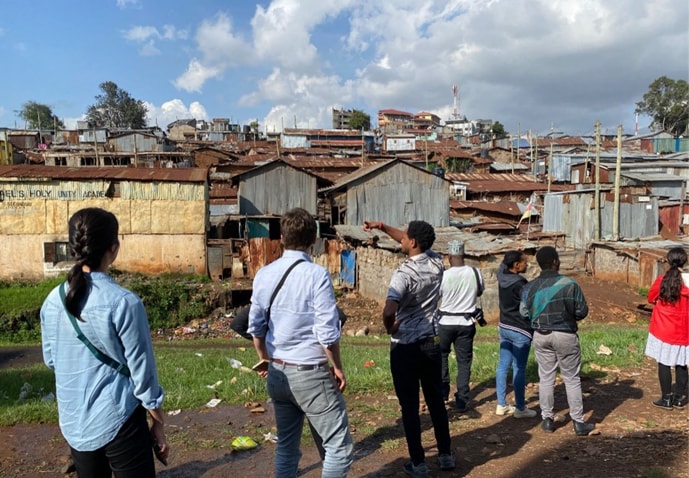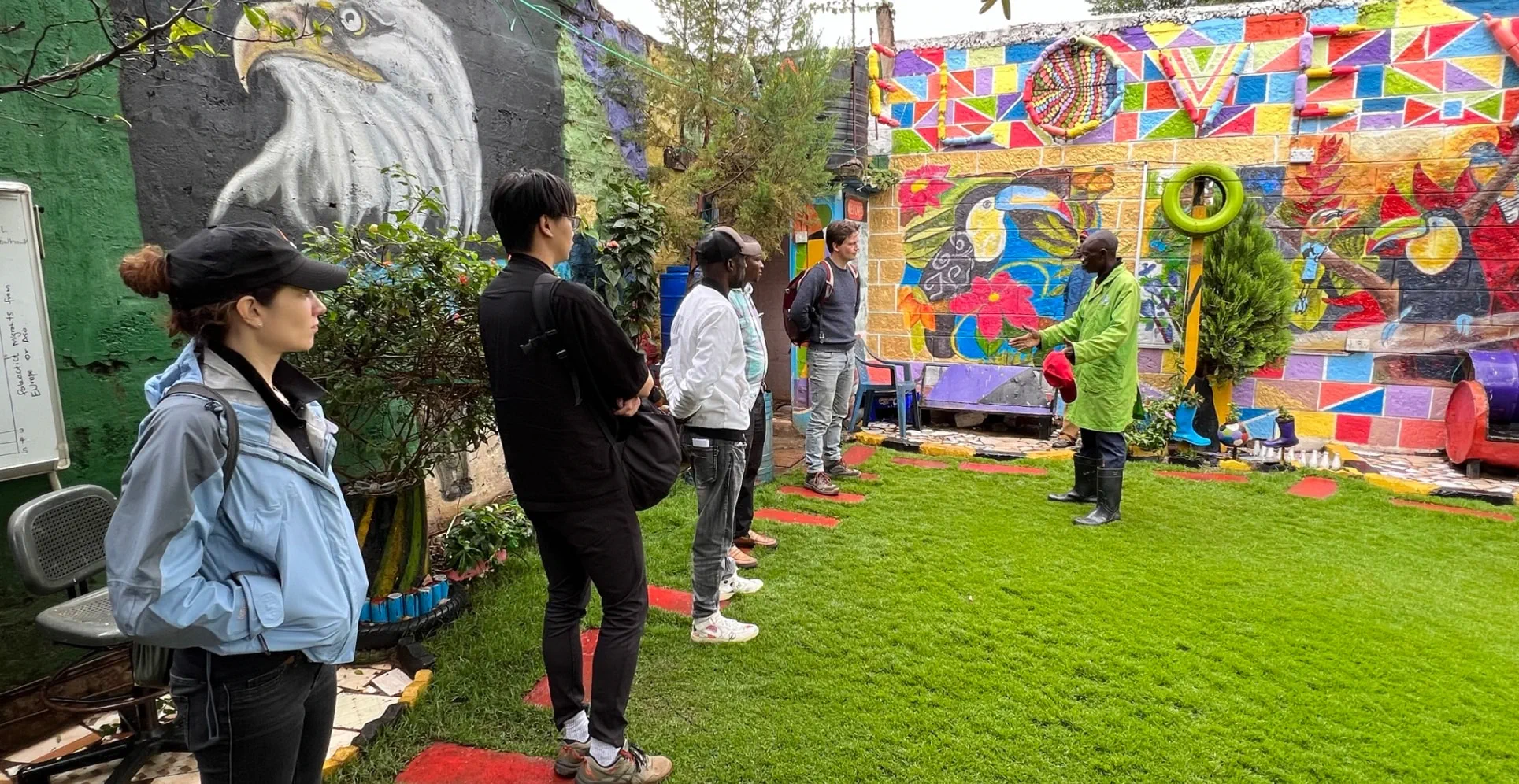The Nairobi River and its tributaries, the Ngong and Mathare rivers, are in bad shape. As these rivers flow through the city, home to over 5 million inhabitants, their waters suffer from pollution caused by both solid waste and toxic wastewater. Along their course, the rivers pass through formal and informal settlements, markets and industrial areas, gathering all the waste disposed of and collected in open sewers. When the rains fall, all this waste is directed toward the rivers, which ultimately supply water for drinking, washing and agriculture downstream. With the city’s population projected to rapidly increase in the coming years, these already grave challenges are set to escalate further.

Living along the riverbanks
The Nairobi rivers originate within or near the county of Nairobi. As the city’s population has steadily increased, both formal and informal settlements have expanded significantly in recent years. Unfortunately, the rivers have suffered severe degradation in quality due to the illegal dumping of solid waste and the discharge of industrial and household wastewater into open drainage channels. This degradation has created increasingly toxic living conditions along the riverbanks. Furthermore, during heavy rainfall, all the waste and pollutants accumulated in the open sewers are directly discharged into the rivers, further exacerbating their already heavily polluted waters.
In addition to these challenges, informal settlements face a severe lack of water, sanitation and hygiene (WASH) facilities, leading to the overflow of septic tanks and the contamination of the rivers with human and animal waste. Downstream, the water becomes increasingly polluted, posing serious health risks as it is used for drinking, hygiene and agriculture. The agricultural produce from downstream areas is harvested and sold in local markets, ultimately reaching the residents of Nairobi.
The challenges within the Nairobi rivers basin have been left to worsen in the last 25 years. However, the Nairobi government has taken a significant step by establishing the ‘Nairobi Rivers Commission’. This newly formed commission has been mandated to regenerate the Nairobi rivers and improve the quality of life along their banks. Among the primary challenges faced by the commission is determining where to focus initial efforts.
The Shelter mission
The Shelter mission to Nairobi, Kenya, encompassed a range of activities and focused on various aspects. To begin, the team dedicated efforts to understanding the intricacies of the river system. This involved conducting several field visits, during which the team engaged with the newly formed Nairobi Rivers Commission to discuss the current issues and the progress of their initiatives. Additionally, the team visited informal settlements, including Dandora and Korogocho, to assess the condition of the rivers and their surrounding areas, as well as observe their uses. Throughout their journey, the team also met with representatives from various urban and river development initiatives. Of particular note were the community-based initiatives that showed great potential, as they transformed their own living conditions from dumpsite into green urban spaces, requiring minimal resources. These spaces now serve as meeting points and learning centers for community members and youth groups.
The team conducted a capacity-building workshop that delved into the potential of urban building with nature solutions, different types of hydrological modeling tools, and utilization of citizen science and mobile apps for enhanced data collection and increased visibility of river initiatives. By the end of the week, the mission’s outcomes were shared with a multidisciplinary group from the UN-Habitat team. The team provided fresh insights and introduced a new approach to the Nairobi River Regeneration Initiative. This included a road map outlining the steps toward river regeneration, with a particular emphasis on education and legislative enforcement to effectively reduce the influx of waste and contamination into the river system. The roadmap includes well-defined milestones that should be met before continuing to the next stage, ensuring a solid foundation for future river development and regeneration.







